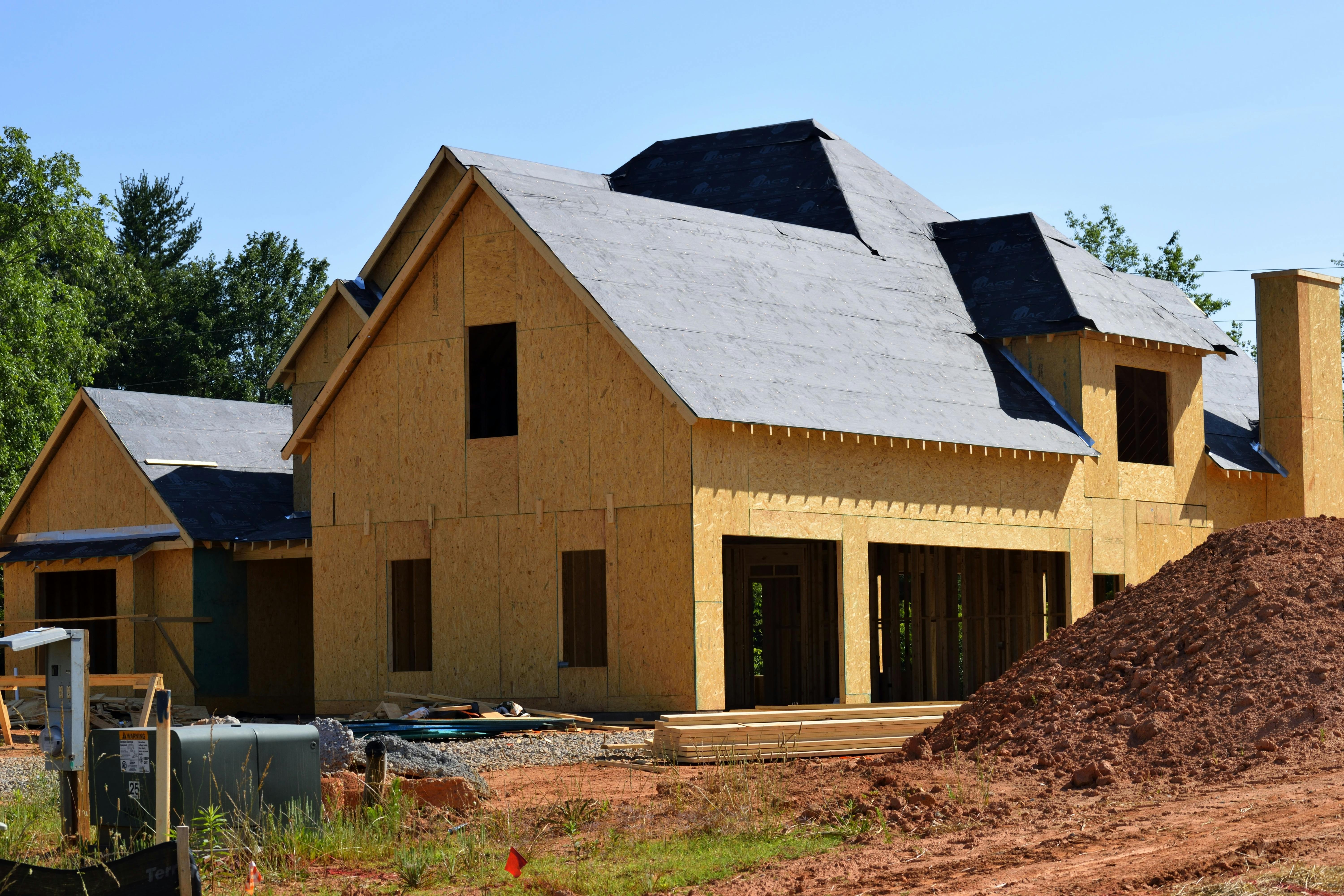Before your organization can obtain FHA approval, HUD requires that you submit a written quality control plan. This quality control plan must be in full operation from the date of its initial FHA approval. You can find the basic requirements for a quality control plan in Chapter 7 of HUD Mortgage Approval Manual 4060.1, if you choose to write the plan yourself. Alternatively, you can purchase a quality control plan from a third party. The third party should ask some basic questions to ensure that the quality control plan they create is tailored to their specific circumstances.
To help mortgage lenders and brokers understand HUD’s quality control plan requirements, below is a summary of some of HUD’s requirements (primarily in the context of single-family production). (For complete guidelines, see HUD Handbook 4060.1.)
Quality Control Objectives
HUD requires quality control programs to meet the following objectives:
· “Ensure compliance with the origination or service requirements of the FHA and the mortgagee throughout its operations;
· Protect the mortgage and FHA from unacceptable risks;
· Protect against errors, omissions and fraud; Y
Ensure prompt and appropriate corrective action.”
independence
Your quality control functions may be performed by in-house staff, but only if those employees are properly trained and not involved in origination or servicing. They cannot participate in the day-to-day processes that they are reviewing. This means that if you choose to perform your QA file audits in-house, you must establish a dedicated QA unit only.
Alternatively, you can outsource your quality control function to a third party. If you choose to subcontract, HUD requires a written agreement between the third party and your organization. HUD also states that you are responsible for ensuring that the third party complies with HUD’s requirements.
timelines
You must also perform quality control reviews (audits) on a regular and timely basis. If your organization closes more than 15 loans in a month, your audits should be done at least once a month. If you close 15 or fewer loans each month, you can perform your audits quarterly. To meet HUD’s deadline, quality control file audits must be completed within 90 days of closing.
Sampling
As part of your quality control plan, the loans you review should be a representative sample to assess accuracy and adequacy. The general rule of thumb is that you should audit 10% of your FHA loans. In addition to that 10%, you will also need to audit 100% of the loans in early default. These are defined as loans that default within the first six payments. Also, you need to be sure to review all aspects of the transaction, including loan auditing of all branches, loan processors, loan officers, underwriters, etc. If you do a significant amount of work with certain appraisers, real estate companies, and builders, you should also review their work.
Documentation and Verification
For each audited loan, HUD requires certain documents to be reviewed and confirmed.
has. New Credit Report: HUD requires that you request a new credit report for each borrower whose loan is under review, unless the loan is a streamlined refinance or was processed using an FHA-approved automated underwriting system.
b. Reverify Documents – You must reverify certain items of documentation, such as the borrower’s employment or closing funds.
vs. Desktop Appraisal Review: Except for enhanced refinances and HUD real estate sales, a desktop property appraisal review must be completed for each loan audited. In addition, HUD expects field reviews to be conducted on 10% of the loans it audits. In general, select loans for field review if there are any issues with the desktop review, such as discrepancies or suspicious items.
d. Reverification of occupancy: If the occupancy of the property in question is suspect, try to verify that the borrower is actually occupying the property. If the owner does not occupy the property, they must notify HUD in writing.
Website Review
All offices that originate or service FHA loans should be reviewed to ensure they meet FHA requirements. These offices include traditional or non-traditional branches and direct loan offices. For offices with certain higher risk criteria, annual visits are mandatory. For other sites, you can determine how often it is appropriate to visit them.
During visits, items to be reviewed include such things as making sure the office is properly registered with the FHA, the address is up to date, the office is professional and business-oriented, walk-in customers can clearly identify the office, you offer toll-free lines or accept collect calls from borrowers, each office is staffed with adequately trained staff, office procedures are appropriately revised to reflect changes in HUD policy, and so on. In addition, you must verify at least semi-annually that no employee is debarred, suspended, or under Limited Participation Denial.
Reports and corrective actions
Once the quality control file audits are complete, management must be notified of any findings within one month. Management should then create a report that contains the actions being taken based on the findings, a timeline for their completion, and any necessary follow-up actions. You do not need to report insignificant findings to HUD. Submit your findings to HUD (in writing) only if there are findings of fraud or other significant violations. Such findings must be reported to HUD within 60 days of their initial discovery.
tail hold
Keep your QA review report and follow-up on file for two years. This includes audit results, actions taken, and procedural information.



